Matte paint for walls: subtleties of interior decoration

One of the widely used materials for wall decoration is paint. Before making repairs in your apartment, you need to know the quality characteristics of the chosen paint product. There is a huge selection of coloring materials on the market of various compositions and colors, which allows you to carry out various decorative ideas. In this article, we will show you how to use matte paints in your interior decoration.
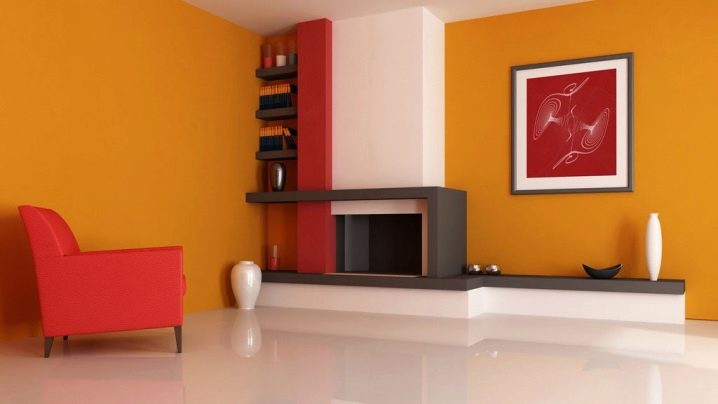
Classification of coloring compositions
Before going to the store to buy repair materials, you need to think about what kind of paint you need.
In order not to be mistaken with the choice, consider the main types of paints:
- For exterior work, facade paint is used, and for interior - interior paint. When buying wall paint, pay attention to the inscription about its purpose.
- Depending on the humidity of the room being repaired, we choose a moisture-resistant or non-moisture-resistant paint.
- In order not to experience discomfort in the living space, consider such an indicator as vapor permeability, this property allows the walls to "breathe".
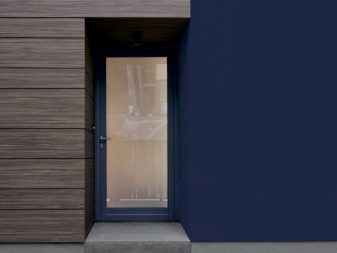
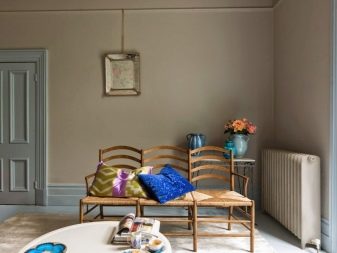
- For ease of maintenance of the painted surface, pay attention to the wear resistance of the material. Walls painted with persistent paints can be washed periodically.
- Depending on the hiding power of the material, its consumption changes.
- Pay attention to thixotropy, this is the name of the ability of paints to liquefy under mechanical stress and thicken at rest. Thixotropic coloring formulations do not smudge.
- The paints are glossy and matte. Glossy ones look nice, but you only need to apply them on a very even surface. With the help of matte materials, you can perfectly hide wall defects and ensure good vapor permeability. An alternative is a semi-matt paint.

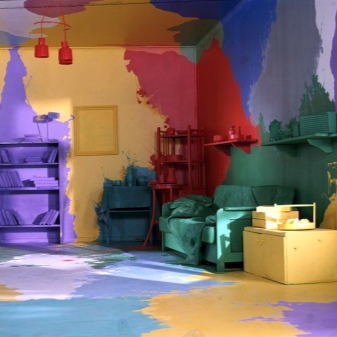
Advantages and disadvantages
Matt paints have the following advantages:
- Color density and saturation.
- Good hiding power.
- There is no glare on the painted surface.
- The ability to diffuse light, which allows for uniform illumination of the room.
- With the help of a rough structure, you can hide small defects and uneven surface of the wall.
- By combining matte and glossy surfaces, some interior details can be visually distinguished.
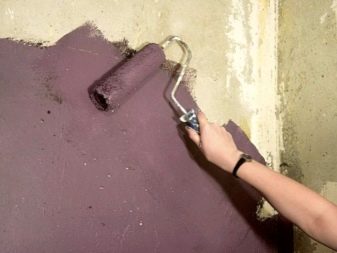
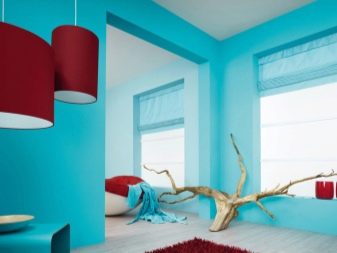
One example of creating an interesting effect when decorating walls is matte black paint. With its help, it is possible to create an absolutely light-absorbing surface and a complete lack of gloss.
Disadvantages:
- Due to the roughness of the painted surface, dust and grease can accumulate on it.
- More difficult maintenance due to the wavy surface.
- Damage in the form of scratches and scuffs is more noticeable on a wall covered with matte paint.
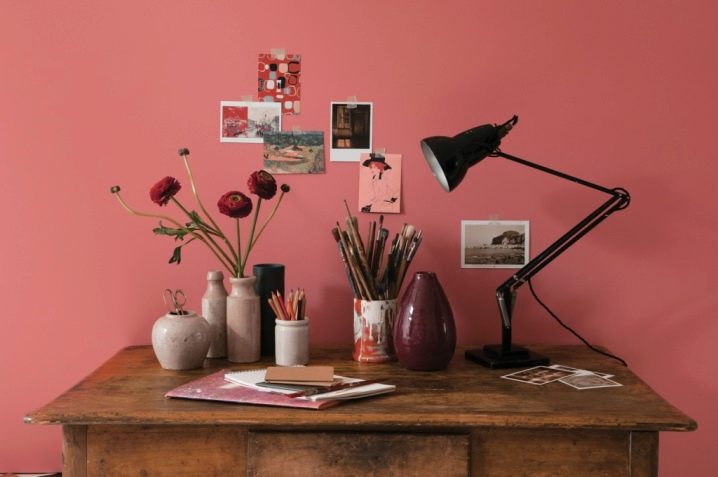
Varieties
The following compounds are used to form a matte protective film:
- Water-based paint is intended for interior wall decoration, has a low price and dries quickly.
- A mineral solution based on slaked lime or building bricks is similar to a conventional whitewash. Has a low price, not moisture resistant.
- Silicate paint, which contains liquid glass, is more moisture resistant, the price is low.



- PVA paint is suitable for walls in dry and warm rooms, it is vapor-permeable.
- Acrylic paint is widely used for painting various surfaces, highly abrasion resistant, moisture resistant.
- Latex paint can be applied in wet areas.
- Silicone compositions have improved performance properties and are relatively expensive.
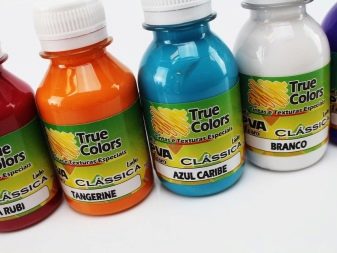
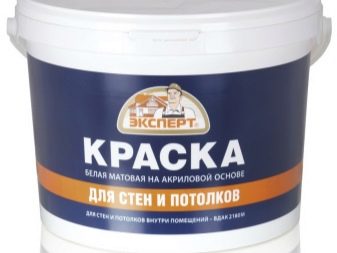
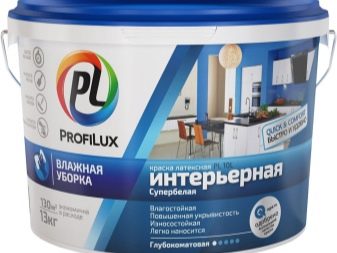
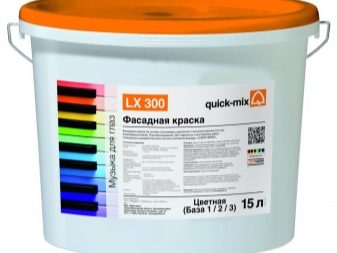
All of these materials dissolve well in water, dry quickly, almost odorless, non-toxic.
Preparation and painting of walls
The painted surface, which has defects and irregularities, requires preliminary preparation.
It consists of the following points:
- Putty is carried out to eliminate large damages and distortions of the wall surface, its thickness can be up to 30 mm.
- To remove small potholes and cracks, a thin layer of finishing putty is performed.
- Using fine-grained sandpaper, remove minor roughness.
- To ensure a high degree of adhesion, each layer of putty is treated with a penetrating primer.
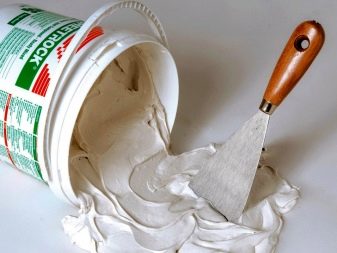
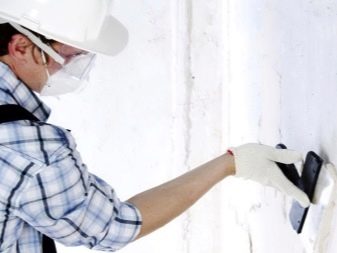
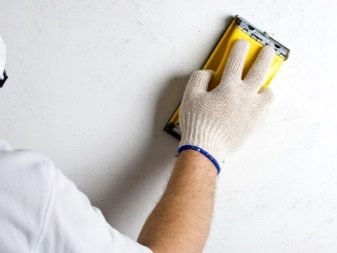
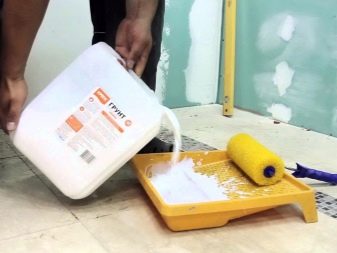
Painting a wall can be done manually, with a brush and roller, or mechanically using a compressor and a spray gun.
Procedure:
- Protect non-paintable surfaces. To do this, you can use newspapers, polyethylene, paper masking tape.
- Start painting in far corners and hard-to-reach places using a wide brush.
- A large area of the wall is painted with a long-handled fur paint roller.
- You need to wash your hands and tools without waiting for the paint to dry; for this, use warm water and detergent.
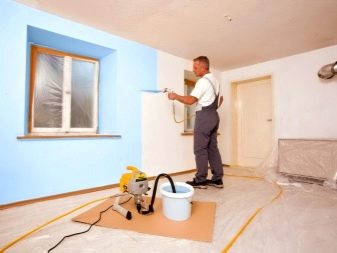

How to choose?
Interior paint is selected in accordance with its properties and the purpose of the room:
- Polyurethane and alkyd compounds are suitable for painting kitchens and bathrooms. If the room has high humidity, then latex and acrylic paints with special additives to protect against mold and mildew are suitable for it.
- For rooms where abrasion resistance is required, for example, in hallways, latex-acrylic compounds are suitable.
- For the bedroom, the use of water-based materials will be optimal, creating a matte surface.
- Often, after decorating the walls, the question of painting the ceiling arises. At present, whitewashing is almost not used, but dye compositions of white color, different in their properties, are used.

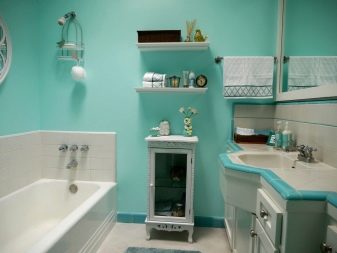
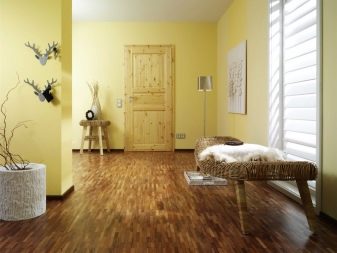
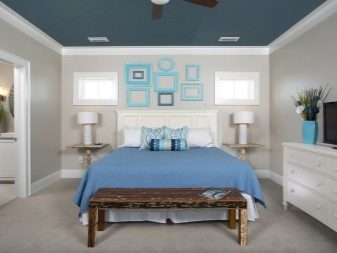
Thanks to modern technologies and the emergence of new finishing materials, it has become much easier to make repairs in an apartment. Which paint is the best is up to you. We hope that our article will help you make the right choice.
For information on how to prepare and paint the walls with paint, see the next video.













The comment was sent successfully.